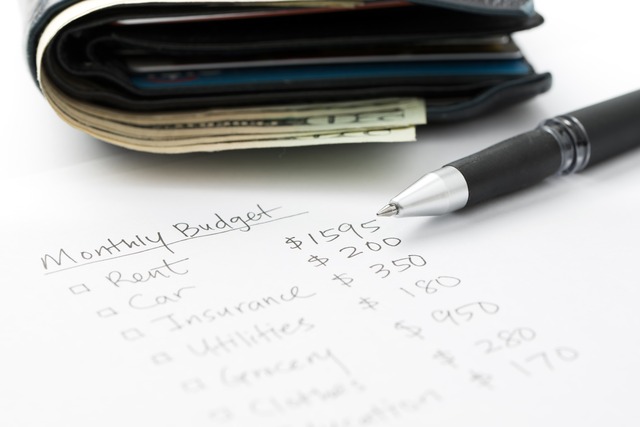There are a lot of things you can do to save money. These money saving tips include investing in quality products instead of cheap ones, planning your meals, and creating a budget. Try these tips to save money! They’ll help you find ways to spend less on things you need.
Investing in quality products
When it comes to shopping for office equipment, investing in quality products can help companies save money because they will not have to replace broken pieces as often. Purchasing quality products can also reduce the amount of money spent on service calls and repairs. More office equipment manufacturers are designing products that have fewer manual controls and are more automatic, meaning they will require less maintenance and troubleshooting. By investing in quality products, businesses can save money and help the environment at the same time.
Quality items are more durable than cheaper ones, meaning that they will last longer and need less replacement. This gives consumers a higher return on investment. In addition, it is important to keep in mind that price is not always an indicator of quality. There are many high-end brands that are just as good as cheaper versions. The key to finding high-quality products is research.
Buying generic brands
While you’re doing your weekly grocery shopping, it’s important to keep in mind that generic brands can be cheaper than name brands. Many major retailers and regional grocery chains carry generic products. Check out generic prices at Walmart, Aldi, and Tops Markets and buy the generic brand if you can.
Generic brands are manufactured by the same company as name-brand products, so they’ll likely have the same quality. It’s a good idea to use generic brands for items such as toothpaste and body lotion unless you’re allergic to a particular ingredient.

Meal planning
Planning your meals ahead of time can save you money and cut down on food waste. You will be able to use ingredients you already have and kitchen staples. Plus, you won’t be buying extra food you don’t need. You’ll also be able to save on energy costs, which is good for the environment.
Meal planning allows you to save money on groceries by purchasing higher-quality foods when they’re on sale and in season. For example, when you buy frozen vegetables and fruit, they’ll have more nutritional value than canned versions. You can also buy these items in bulk.
Creating a budget
It is vital to keep your spending under control to make sure you can afford everything you want. Your budget is a guideline to stick to every month. If you can’t keep to it, your expenses might go over your income. Also, it is important to periodically update your budget to take account of changes in your life. For example, you may find that you spend more money on food than you expected, or you find that you have more money in savings than you had anticipated.
Once you have a clear idea of your spending, you can begin to make adjustments and increase your income. Start by tracking your expenses in a notebook or budgeting software. Separate your expenses into two groups: fixed and variable. Then, add up the total and analyze it. If you are spending too much money on entertainment or other non-essential items, you can cut them back. Also, you can put receipts for things you buy every day to keep track of your expenses.
Unsubscribing from marketing emails and texts
The first thing to remember when unsubscribing from marketing emails and text messages is that you don’t have to do it every single time. You should have a one-click unsubscribe option that’s easy to follow. You can even add a little bit of personality to your opt-out form so that people won’t be put off. But be warned: the unsubscribe process can take up to 10 days.
There are many reasons why people unsubscribe. Perhaps they get too many emails or are not interested in what you have to offer. Perhaps they’ve already found better content elsewhere or are simply too advanced for what you’re sending. In any case, unsubscribe messages don’t have to be negative. Rather, they can be a positive sign for your business.
Creating a short-term goal
If you’re looking to make some savings, it’s important to create a short-term goal. This way, you can focus on the amount you want to save and where to invest it. Once you’ve decided on your goal, you can start adding up the money in your bank account and working towards it. Putting this money into an investment account will have many benefits for you.
Other short-term goals are budgeting, paying off credit card debt, and building an emergency fund. If you’re not sure where to start, there are free online tools that can help you get started. You might even want to consolidate your debt so you can lower your interest costs and pay it off faster.